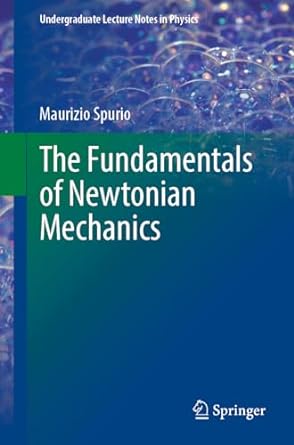A solid spherical ball of radius (R=5.0 mathrm{~cm}) and mass (M=100.0 mathrm{~g}) descends along an inclined plane
Question:
A solid spherical ball of radius \(R=5.0 \mathrm{~cm}\) and mass \(M=100.0 \mathrm{~g}\) descends along an inclined plane of length \(L=1.5 \mathrm{~m}\) and with an angle of inclination with respect to the ground of \(\alpha=30^{\circ}\). The ball starts at the top of the inclined plane from a stationary position and rolls without crawling all the way down. At the end of the inclined plane, the ball falls toward the smooth (frictionless) ground from a height \(h_{0}=1.0 \mathrm{~m}\). After drawing the system, calculate (neglecting air friction, rolling friction due to non-perfectly elastic bodies, and the effect of the "edge" at the end of the inclined plane):
1. the angular speed of the ball as it leaves the inclined plane and begins to fall toward the ground, and 2. its total kinetic energy at that instant;
3. the position where the ball hits the ground; and 4. the total kinetic energy at that instant;
5. assuming nearly instantaneous ground impact, the mechanical energy lost in the impact if the bouncing ball rises to a maximum height \(h_{1}=0.80 \mathrm{~m}\) above the ground.
The moment of inertia of a sphere of radius \(R\) and mass \(M\) is: \(J=2 / 5 M R^{2}\).
Step by Step Answer:






